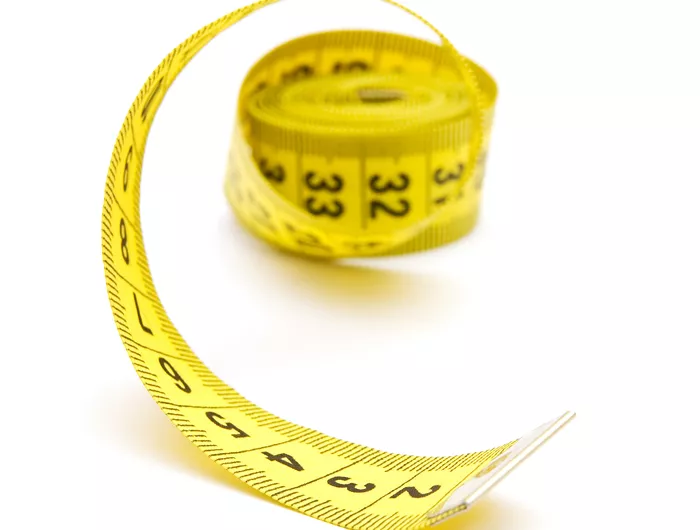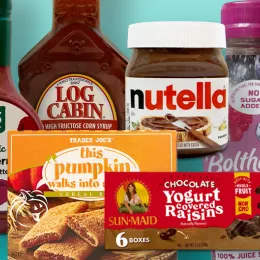Playing defense against unhealthy weight gain

“Many misleading stories based on deeply flawed analyses have suggested that it’s okay to put on some pounds during midlife,” says Walter Willett, professor of epidemiology at the Harvard T.H. Chan School of Public Health. “But it’s not a good idea at all.”
Willett co-authored a study that tracked roughly 93,000 women and 25,000 men from midlife to their later years.1 “Even modest increases in weight between entering adulthood and age 55 were related to a higher risk of the many outcomes we looked at,” he notes.
Health problems linked to weight gain during adulthood
Women who gained only 5 to 20 pounds after age 18 had a higher risk of type 2 diabetes, cardiovascular disease, high blood pressure, obesity-related cancers, gallstones, and severe arthritis compared to women whose weight was stable.
Men had to gain more weight before their risk of most problems rose. But those who gained just 5 to 20 pounds after age 21 had a higher risk of type 2 diabetes and high blood pressure. That’s not trivial.
“The gain in weight may not show up as health problems by age 45 or 55,” says Willett. “But it’s a strong predictor of how healthy you’ll be from that time on.”
Does BMI matter?
“Women can go from, say, a BMI of 18 to a BMI of 24, and they’re still technically at a healthy weight,” explains Willett. “But that corresponds roughly to a 40-pound weight gain. That represents a huge increase in risk.”
The goal: stay as close as you can to what you weighed around age 20.
“If you see your weight from age 20 creeping up even by five or so pounds, that’s something to be concerned about,” says Willett. It’s not just because those few pounds add some risk.
“More importantly, that weight gain essentially indicates that you’re on track to gain even more weight,” notes Willett. “If you don’t do something, that increase is going to continue, and by the time you get to 50 or 55, you can end up with a very large and very serious gain in weight.”
Even doctors may not take a small weight gain seriously. “This has been a neglected issue,” says Willett. “Physicians often watch their patients gain weight and do nothing about it. Our study should be a heads up both to health care providers and to everybody else.”
The pressure to eat is everywhere

“It’s easy to put on pounds living in our environment, where there’s food all around and often no good place to exercise,” says Willett. “But that doesn’t mean we shouldn’t try the best we can to minimize that weight gain.”
Both quantity and quality matter. “A high-quality diet—with fruits, vegetables, beans, whole grains, and nuts—can make it easier to control weight, rather than loading up on things like sugar-sweetened beverages, refined starches, and sugars,” says Willett.
Why exercise also matters
A weight-loss diet with exercise shrinks deep belly fat more than diet alone.
Your best bet: a mix of aerobics—like walking, biking, jogging, or swimming—and strength (resistance) training.
“Resistance training should be part of your activity pattern,” says Willett. “Even a few minutes a few times a week makes a big difference.” That’s because our muscles shrink as we age.
“Even if we keep our diet and activity the same, our muscle mass tends to go down due to decreases in hormones that maintain muscle,” Willett explains. “Testosterone, estrogen, and insulin-like growth factor decline with age for reasons we don’t understand.”
Declining hormones is probably a good thing, he adds. “If they didn’t, we would probably have a lot more cancer. But the decline also means that our muscles shrink, so we need to increase resistance training just to maintain the same muscle mass.”

Don’t like the gym? You don’t need one. “You can use elastic resistance bands,” suggests Willett. “It’s just like lifting weights. You can exercise different muscle groups, and the bands cost about three bucks each.”
The best part: “You don’t need to do it every day. You don’t need expensive equipment. You can do it at home."
References
Photos: ©Skobrik/fotolia.com (feature), ©Mat Hayward/fotolia.com (top), ©lunamarina/fotolia.com (bottom).
The Latest by Bonnie
A snapshot of the latest research on diet, exercise, and more
Weight and Health

Prediabetes: What may—and may not—help reverse it?
Weight and Health

A snapshot of the latest research on diet, exercise, and more
Preventing Disease

The good fats
Healthy Eating

Play the ingredient game!
Food Labeling





